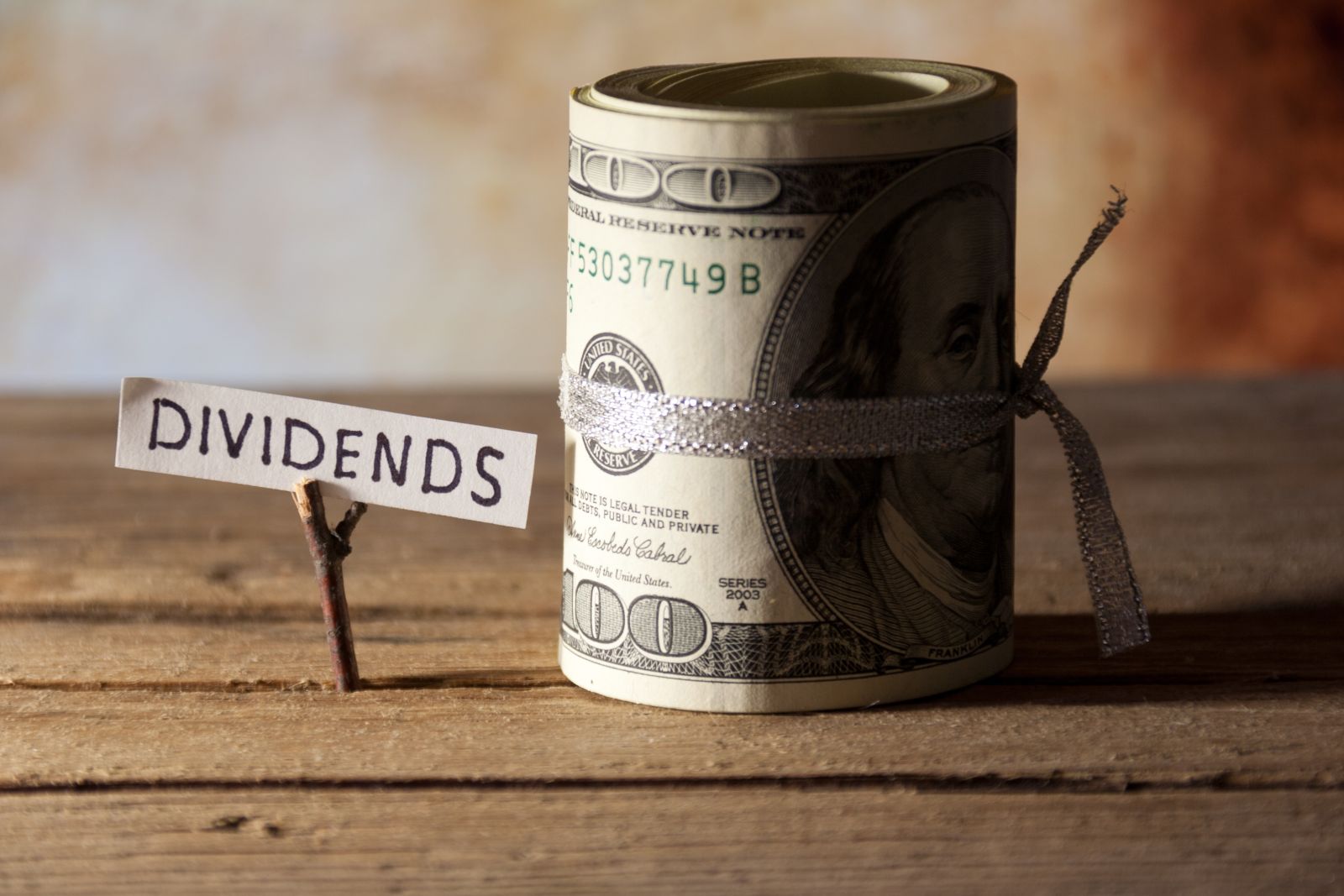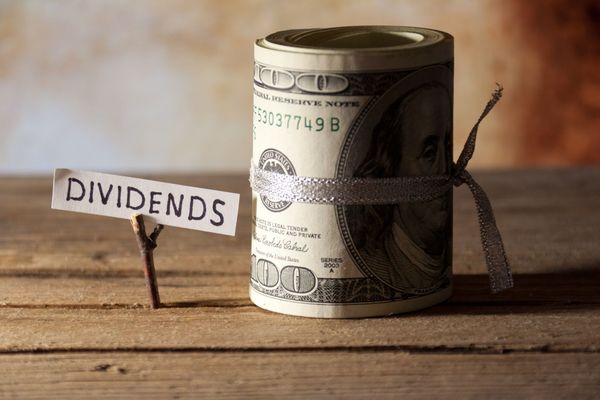
Donald Trump, who famously described himself as a “tariff man” in a 2018 tweet, is set to become the 47th U.S. president. While the president-elect’s tariff talk is music to the ears of some industries – steel, for instance – many others fear his return. This includes Nike (NKE), which fell as the election results trickled in, even as the broader markets soared to a record high.
U.S. companies like Apple (AAPL) and Nike have used China as a sourcing destination for years, which helped them to lower their production costs. Even as Western companies have started diversifying their supply chain to de-risk them from U.S.-China tensions - which are the new reality of this century, irrespective of who sits in the White House - China remains the key sourcing destination for many companies.
To be sure, while Trump might not move ahead with the 60% tariff on Chinese imports that he proposed during his campaign, given the expected impact on inflation, his tariff talk does not look to be all hollow, either – or at least, that’s what we can infer from his first administration, where he imposed a 25% tariff on most Chinese imports.

Nike's Dividend Yield Has Risen After the Stock's Crash
Thanks to the steep decline in Nike’s share price, its dividend yield now stands at 2.1%, which is higher than the S&P 500 Index ($SPX). It is quite rare for Nike’s dividend yield to be higher than the average index constituent, but it’s the result of the over 50% drawdown in Nike shares since their 2021 peak.
In fact, Nike is the second worst-performing Dow Jones Industrial Average ($DOWI) constituent this year, faring better than only Boeing (BA).
What Would a Deterioration of U.S.-China Relations Mean for Nike?
China has become a major market for U.S. companies, and is the largest market outside of the U.S. for both Apple and Nike.
Frosty U.S.-China relations impact Nike in more than one way. First, worsening U.S.-China relations have pushed away many Chinese consumers from U.S. brands, and Nike is no exception.
Second, tariffs on imports from China would negatively impact Nike, as the company might not be able to pass these along fully to consumers. Incidentally, contrary to Trump’s assertion, the tariffs are not usually paid by foreign companies, but by U.S. consumers and/or companies importing these goods.
Nike is a Turnaround Play
To be sure, Nike has much bigger problems at hand apart from Trump’s return to the Oval Office. Over the last couple of years, Nike slackened on product innovation, which hurt its sales and left the doors open for competition to catch up. It faces intense competition – from established brands like Adidas (ADDYY), as well as newer brands like New Balance, Hoka (DECK), and On Running (ONON).
Nike’s business strategy of cutting back on wholesale sales also backfired, and hurt its sales at third-party stores. In fact, by lowering the focus on wholesale sales, Nike might have inadvertently contributed to the growth of other brands that now seem to have gained at Nike’s expense.
Now, Nike is a turnaround play, and the company has bought back its previous CEO Elliott Hill to lead the company, replacing John Donahoe. While Nike shares rose after Hill’s return, they have since pared those gains amid fears that the company’s troubles are too deep-rooted for it to turn around in a hurry.
Nike expects its sales in the current quarter to fall by between 8%-10%, while forecasting a gross margin compression of 150 basis points. It withdrew its annual guidance, and during the fiscal Q1 earnings call last month, CFO Matthew Friend said, “Looking forward, our revenue expectations have moderated since the start of the year, given traffic trends on NIKE Digital, retail sales trends across the marketplace, and final order books for spring.”
NKE Stock Forecast
Nike has received a consensus rating of “Moderate Buy” from the 31 analysts in coverage, with nearly half of analysts covering the sneaker giant rating it as a “Hold” or some equivalent. Many sell-side analysts have been on the sidelines on Nike, given the uncertainty around its turnaround.

However, billionaire investor Bill Ackman doubled down on Nike in Q3, and lifted Pershing Square Capital’s stake by five-fold to around $1.4 billion at the end of September.
On the face of it, Nike might not look like a screaming buy, with a next 12-month (NTM) price-to-earnings (PE) multiple of over 26x. However, the company is a play on the turnaround and its long-term earnings power. While its topline and bottom line are expected to remain under pressure over the next few quarters, the question we need to ask is - will things improve thereafter?
While corporate turnarounds are seldom easy, I believe Nike's risk-reward looks somewhat favorable here, even as it could see volatility if Trump ratchets up trade tensions with China.
I would remain cautiously bullish on Nike, even as Trump’s return does add an air of uncertainty. Although it might sound like a rhetorical comment, I would sum up with what Friend said during the fiscal Q1 earnings call: “Throughout our history, NIKE has always faced pressure. NIKE was born through adversity. Every obstacle, every setback was an opportunity to learn, to adjust, and to improve.”










